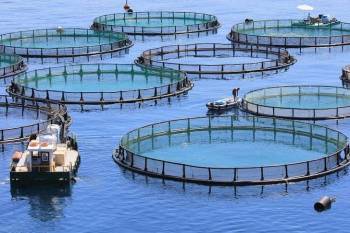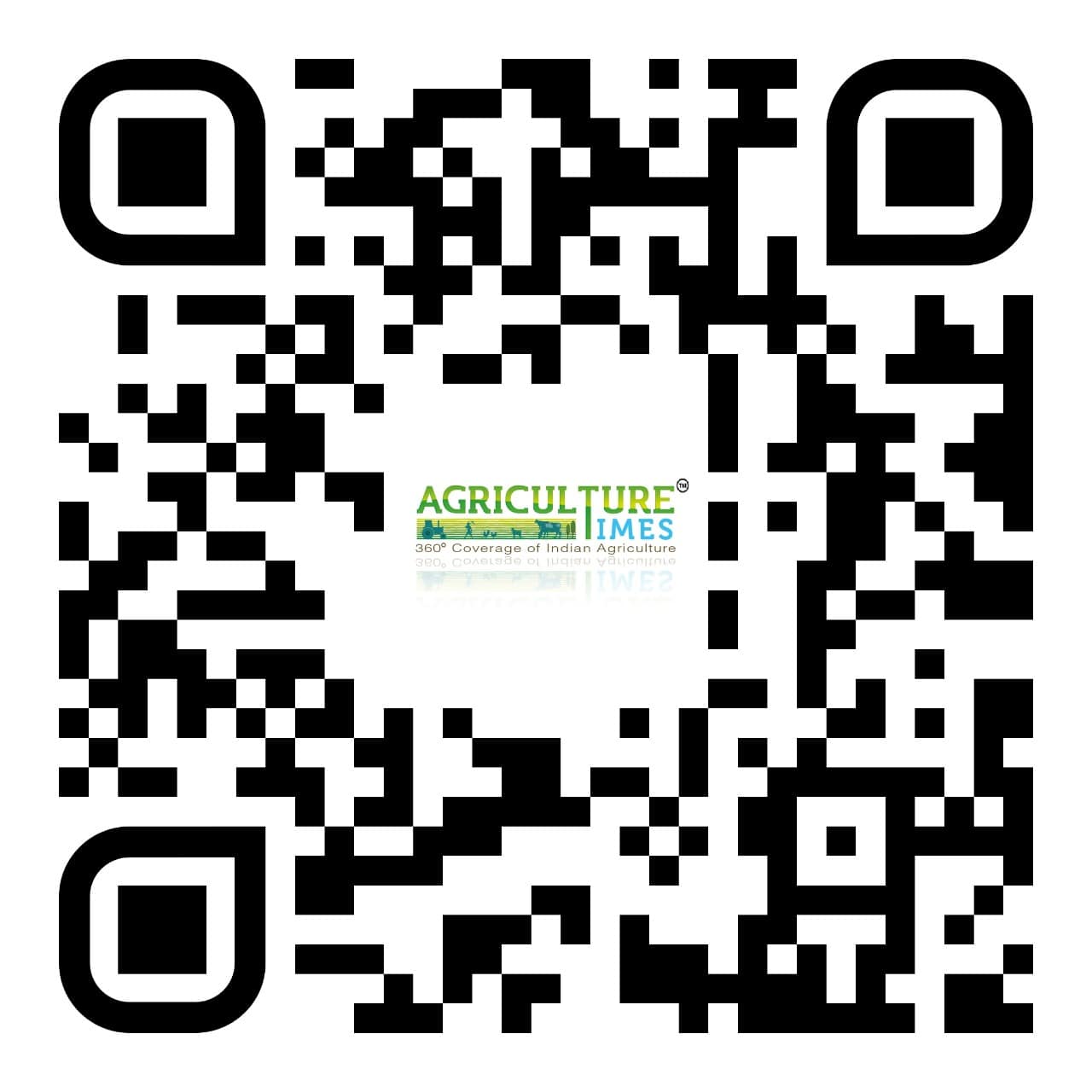MUMBAI, 28 October 2024: The aquaculture industry, crucial for meeting the growing global demand for seafood, faces significant challenges from disease outbreaks.
Pathogens can devastate fish and shellfish populations, leading to substantial economic losses and threatening food security. To ensure the sustainability and productivity of aquaculture, it is vital to implement effective strategies to combat disease outbreaks and protect aquatic health.
Understanding Pathogens in Aquaculture
Pathogens in aquaculture include bacteria, viruses, fungi, and parasites that can infect fish and shellfish. These diseases can spread rapidly in dense farming conditions, causing high mortality rates and reducing the quality and marketability of seafood products. Key pathogens affecting aquaculture include:
1. Bacteria: Common bacterial pathogens include Vibrio, Aeromonas, and Streptococcus species, which can cause diseases like vibriosis, furunculosis, and streptococcosis.
2. Viruses: Viruses such as Infectious Salmon Anemia Virus (ISAV), Viral Hemorrhagic Septicemia Virus (VHSV), and White Spot Syndrome Virus (WSSV) can lead to severe outbreaks in fish and shrimp populations.
3. Fungi: Fungal infections, such as those caused by Saprolegnia species, can affect fish eggs, larvae, and adults, leading to significant losses in hatcheries and farms.
4. Parasites: Parasites like sea lice (Lepeophtheirus salmonis), protozoans (Ichthyophthirius multifiliis), and trematodes can cause debilitating conditions in fish, impacting their growth and survival.
Strategies for Combating Disease Outbreaks
Effective management and prevention of disease outbreaks in aquaculture require a multifaceted approach, combining good husbandry practices, biosecurity measures, early detection, and innovative technologies.
1. Good Husbandry Practices:
Maintaining optimal farming conditions and ensuring the health and welfare of aquatic species are fundamental to disease prevention.
· Water Quality Management: Regular monitoring and maintenance of water quality parameters, such as temperature, pH, dissolved oxygen, and ammonia levels, are essential. Poor water quality can stress fish and make them more susceptible to diseases.
· Nutrition: Providing balanced and high-quality feed supports the immune system and overall health of fish and shellfish. Nutritional supplements, including vitamins, minerals, and probiotics, can enhance disease resistance.
· Stocking Density: Maintaining appropriate stocking densities reduces stress and prevents the rapid spread of pathogens. Overstocking can lead to poor water quality and increased susceptibility to diseases.
2. Biosecurity Measures:
Implementing stringent biosecurity measures minimizes the risk of introducing and spreading pathogens in aquaculture facilities.
· Quarantine: Isolating new stock and broodstock before introducing them to the main population helps prevent the introduction of pathogens. Quarantine protocols should include health screening and observation for any signs of disease.
· Disinfection: Regular disinfection of equipment, tanks, and facilities is crucial to eliminate pathogens. Using disinfectants and UV sterilization can reduce the risk of contamination.
· Exclusion Barriers: Physical barriers, such as nets and screens, prevent the entry of wild fish, birds, and other animals that may carry pathogens into the farm.
3. Early Detection and Monitoring:
Early detection of disease outbreaks allows for timely intervention and reduces the impact on aquaculture operations.
· Surveillance Programs: Implementing regular health monitoring and surveillance programs helps detect early signs of disease. This can include routine sampling, health checks, and diagnostic testing.
· Diagnostic Tools: Advanced diagnostic tools, such as polymerase chain reaction (PCR) and enzyme-linked immunosorbent assay (ELISA), enable rapid and accurate identification of pathogens. Early diagnosis allows for prompt treatment and management.
· Data Management: Utilizing data management systems to record and analyze health and environmental data can identify trends and potential outbreaks. Predictive analytics can help anticipate disease risks and take preventive measures.
4. Innovative Technologies:
The use of innovative technologies can enhance disease management and improve the resilience of aquaculture systems.
· Vaccination: Vaccination is a proactive approach to disease prevention. Vaccines can provide long-term protection against specific pathogens, reducing the need for antibiotics and other treatments.
· Genetic Selection: Breeding programs that select for disease-resistant strains of fish and shellfish can enhance the overall health and productivity of aquaculture operations.
· Nanotechnology: Nanoparticles and nanomaterials can be used for targeted drug delivery, improving the efficacy of treatments and reducing environmental impact.
· Aquaculture 4.0: The integration of digital technologies, such as IoT devices, artificial intelligence (AI), and machine learning, can optimize disease monitoring and management. Smart sensors and automated systems can provide real-time data on water quality, fish behavior, and health status.
Case Studies and Success Stories
1. Norway's Salmon Farming Industry:
Norway's salmon farming industry has implemented comprehensive biosecurity measures and advanced technologies to combat disease outbreaks. The use of vaccines, strict quarantine protocols, and innovative sea lice management strategies have significantly reduced disease-related losses. The industry also employs real-time monitoring systems and AI to optimize farm operations and enhance fish health.
2. Thailand's Shrimp Farming Sector:
Thailand's shrimp farming sector has faced challenges from viral diseases such as White Spot Syndrome Virus (WSSV) and Early Mortality Syndrome (EMS). The industry has adopted biofloc technology, which enhances water quality and microbial balance, reducing disease outbreaks. Improved breeding programs and the use of probiotics have also contributed to better disease management.
3. Aquaculture Innovation in Scotland:
Scotland's aquaculture industry has embraced innovative solutions to address disease challenges. The Scottish Aquaculture Innovation Centre (SAIC) collaborates with research institutions and industry partners to develop and implement new technologies. Projects include the use of cleaner fish to control sea lice and the application of genomics to improve disease resistance in farmed species.
Challenges and Future Directions
While significant progress has been made in combating disease outbreaks in aquaculture, several challenges remain:
1. Antibiotic Resistance: The overuse of antibiotics in aquaculture can lead to antibiotic resistance, posing a threat to both animal and human health. Sustainable alternatives, such as vaccines and probiotics, are needed to reduce reliance on antibiotics.
2. Climate Change: Climate change can exacerbate disease risks in aquaculture by altering water temperatures and increasing the prevalence of pathogens. Adaptive management strategies and resilient farming systems are essential to address these challenges.
3. Global Collaboration: Disease outbreaks in aquaculture are a global concern that requires international collaboration. Sharing knowledge, best practices, and research findings can enhance disease management efforts worldwide.
Combating disease outbreaks is crucial for the sustainability and productivity of the aquaculture industry. By implementing good husbandry practices, stringent biosecurity measures, early detection and monitoring systems, and innovative technologies, aquaculture operations can effectively protect against pathogens and ensure the health and welfare of aquatic species. Continued research, collaboration, and investment in sustainable solutions will drive the industry forward, securing a resilient and thriving future for global aquaculture.























